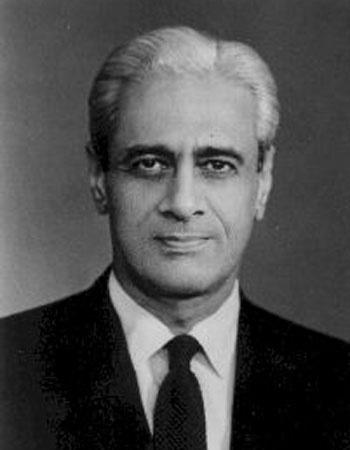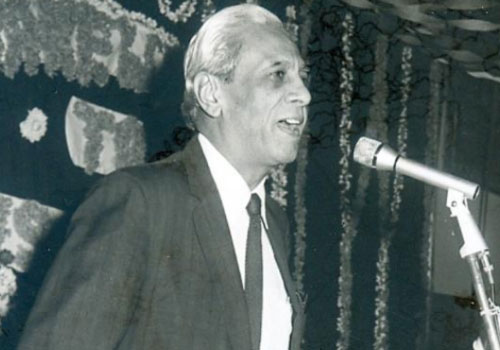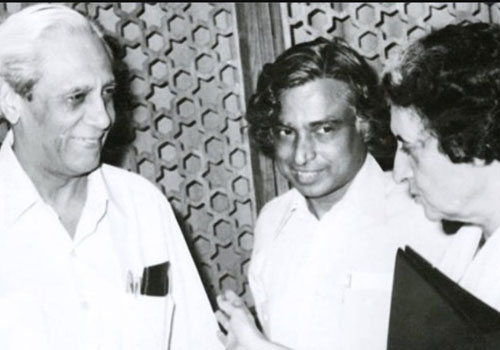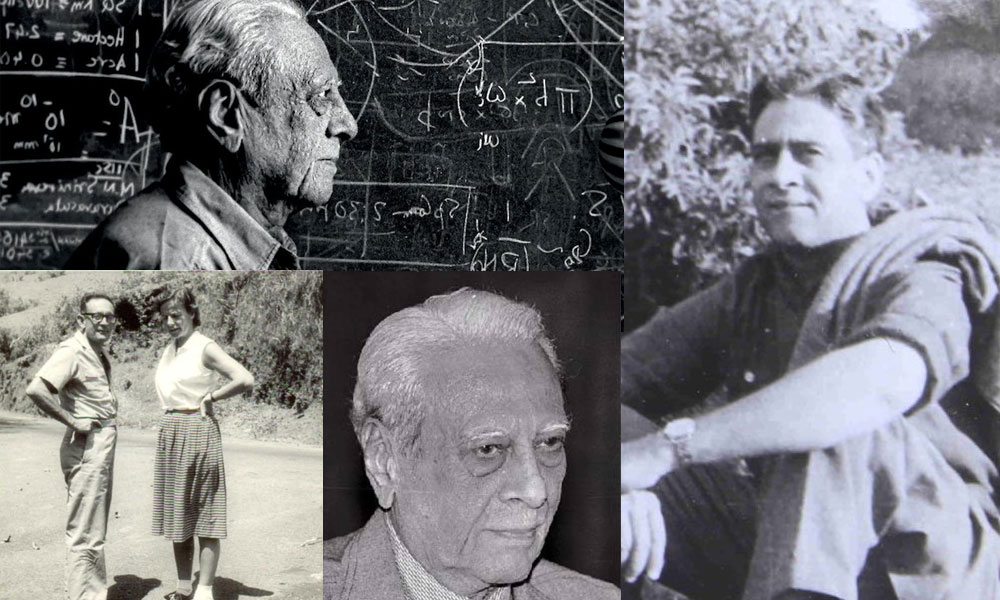Satish Dhawan (सतीश धवन)

Satish Dhawan was an Indian aerospace engineer and mathematician who played a key role in the development of the Indian space program. His research focused on fluid dynamics, turbulence, and boundary layers. Born on September 25, 1920, in Srinagar, Jammu and Kashmir, Dhawan was a brilliant student who excelled in mathematics and physics. He earned a Bachelor's degree in Mechanical Engineering and in Physics and Mathematics from the University of Punjab, a Master's in English Literature from the same university, and a Master's degree in aeronautical engineering from the University of Minnesota. He also completed a PHD from the California Institute of Technology.


Dhawan's early career was spent in academia, where he taught at several institutions, including the Indian Institute of Science and the California Institute of Technology. He was a leading expert in the fields of aerodynamics and fluid mechanics, and published numerous papers on these subjects. In addition to his research, he mentored many students who went on to become leading figures in the field of aerospace engineering.
In 1972, Dhawan was appointed as the Chairman of the Indian Space Research Organization (ISRO), where he played a crucial role in the development of the Indian space program. He was instrumental in the successful launch of India's first satellite, Aryabhata, in 1975, and in the development of India's first rocket launch site, the Sriharikota Range. He also oversaw the development of several other important satellites and launch vehicles, and was a key figure in the expansion of the Indian space program. He was the chairman of ISRO until 1984.
Dhawan's contributions to the Indian space program were recognized with numerous awards and honors. He was awarded the Padma Bhushan, India's third-highest civilian award, in 1971, the Padma Vibhushan, India’s second-highest civilian award, in 1981, and the Indira Gandhi Award for National Integration. He was also the recipient of several prestigious international awards.

He died on 3 January 2002. There’s a Satellite Launch Centre at Sriharikota, AP, named after him as Satish Dhawan Space Centre. There is also Satish Dhawan Government College for Boys in Ludhiana named after him. IIT Ropas, has its Department of Mechanical Engineering named after him.
In conclusion, Satish Dhawan was a remarkable figure in the history of Indian science and engineering. His contributions to the development of the Indian space program have had a lasting impact, and his legacy lives on through the many students and colleagues he mentored and inspired. He will always be remembered as a pioneer of the Indian space program, and a champion of science and technology.
Leave Your Suggestion